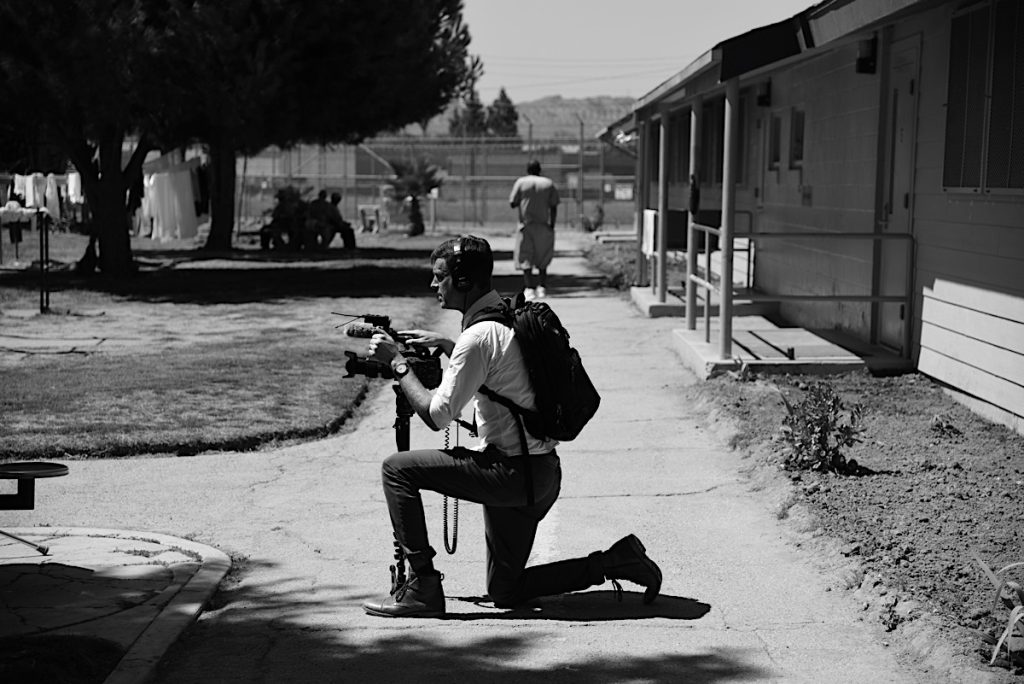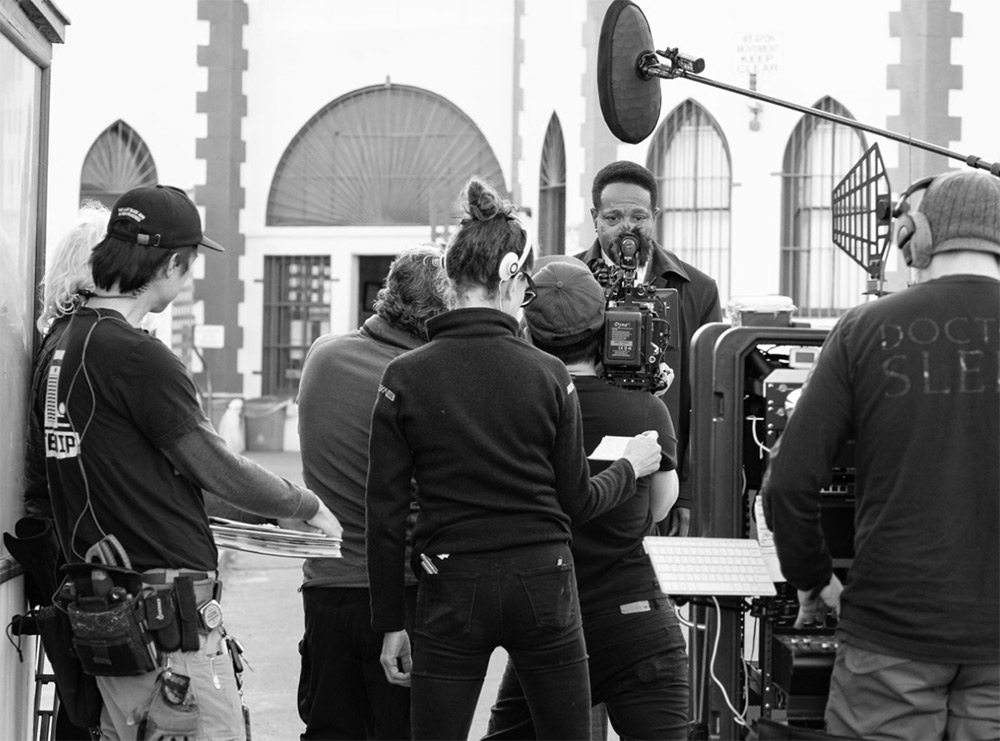Filming in Correctional Facilities

State law provides that CDCR may on a case-by-case basis accommodate requests from filmmakers, production companies and documentary producers to film inside its correctional facilities. Such access is granted within available resources consistent with the safe and secure operations of CDCR facilities. However, this type of filming is considered discretionary and fiscal concerns necessitate the need to focus on CDCR’s core mission-critical functions and avoid incurring extra staffing costs.
All non-news motion picture, radio, or television programs produced at any CDCR facility must have prior approval. For definition purposes, non-news related productions include features, documentaries, commercials, and pilots for proposed news or entertainment programs.
The CDCR Press Office evaluates proposals to film in an adult institution, juvenile facility, community-based facility or parole unit on a case-by-case basis. This also includes scouts, visits and requests to film from rehabilitation program providers. Those wishing to film must submit a thorough written proposal for review; simply submitting an application for a required film permit to the California Film Commission is not sufficient.

The proposal MUST include:
- Details about you and/or your company
- Details of the project and production location needs
- Production schedule and duration (include dates and times)
- Crew size
- Cast size, if applicable
- Any access to incarcerated people, staff and administrators, and/or programs
- Script sections that pertain to CDCR
- Scenes to be filmed inside a CDCR facility
- Type/quantity of production equipment on premises
- Any proposed satellite or microwave transmission from a CDCR facility
- Any proposed filming from small unmanned aircraft systems
- Your plans for distributing the film
Written proposals are evaluated to determine the impacts on staffing, resources, safety, security and operations. Proposals are also evaluated to determine compliance with California law, departmental policies and communications objectives. We ask that you provide at least 20 working days to review the least complex request.
If project approval is given, a location agreement must be executed with the parent firm and a film permit from the California Film Commission is required along with evidence of financial responsibility and general and automobile liability insurance in an amount not less than $1 million indemnifying and defending the State of California, its officers, employees and agents against any lawsuits. Automobile liability insurance is not required if no vehicles are used in or for filming. Statutory Workers Compensation and Employers’ Liability with a limit of $1 million is also required. If a company has no employees, a Workers Compensation waiver letter must be submitted to the California Film Commission.
Part of the location agreement provides for defending and indemnifying the State against any lawsuits. Another part of the agreement also states that the parent firm is responsible for reasonable staffing costs, including benefits and overtime rates of pay, directly associated with its filming activities.
Editorial researchers, freelance writers, authors of books, independent filmmakers, and other unaccredited media must provide proof of employment by an accredited publication/production company, or have evidence that an accredited publication/production company has contracted to purchase the completed project.
There are no assurances that access will be granted; however, CDCR does try to accommodate requests within available resources consistent with the safe and secure operations of its institutions, California law, departmental policy and communications objectives. Please note that filming can be cancelled at any point, including during filming, for any safety, security and/or public health reason determined by the institution.
Stock Video and Photos
OPEC maintains a library of stock CDCR video footage and still photographs and makes these available to the media upon request. There is current and archived footage and photographs of correctional facilities and programs, including restricted or limited access areas such as control booths, guard towers, the execution chamber, death row, and Administrative Segregation and Security Housing Units.
Public domain: The video footage and still images included on the California Department of Corrections and Rehabilitation’s website are considered public documents, which are in the public domain. No signed license agreement is necessary for permissions. To request a higher resolution of stock video footage or still photographs, contact OPEC.